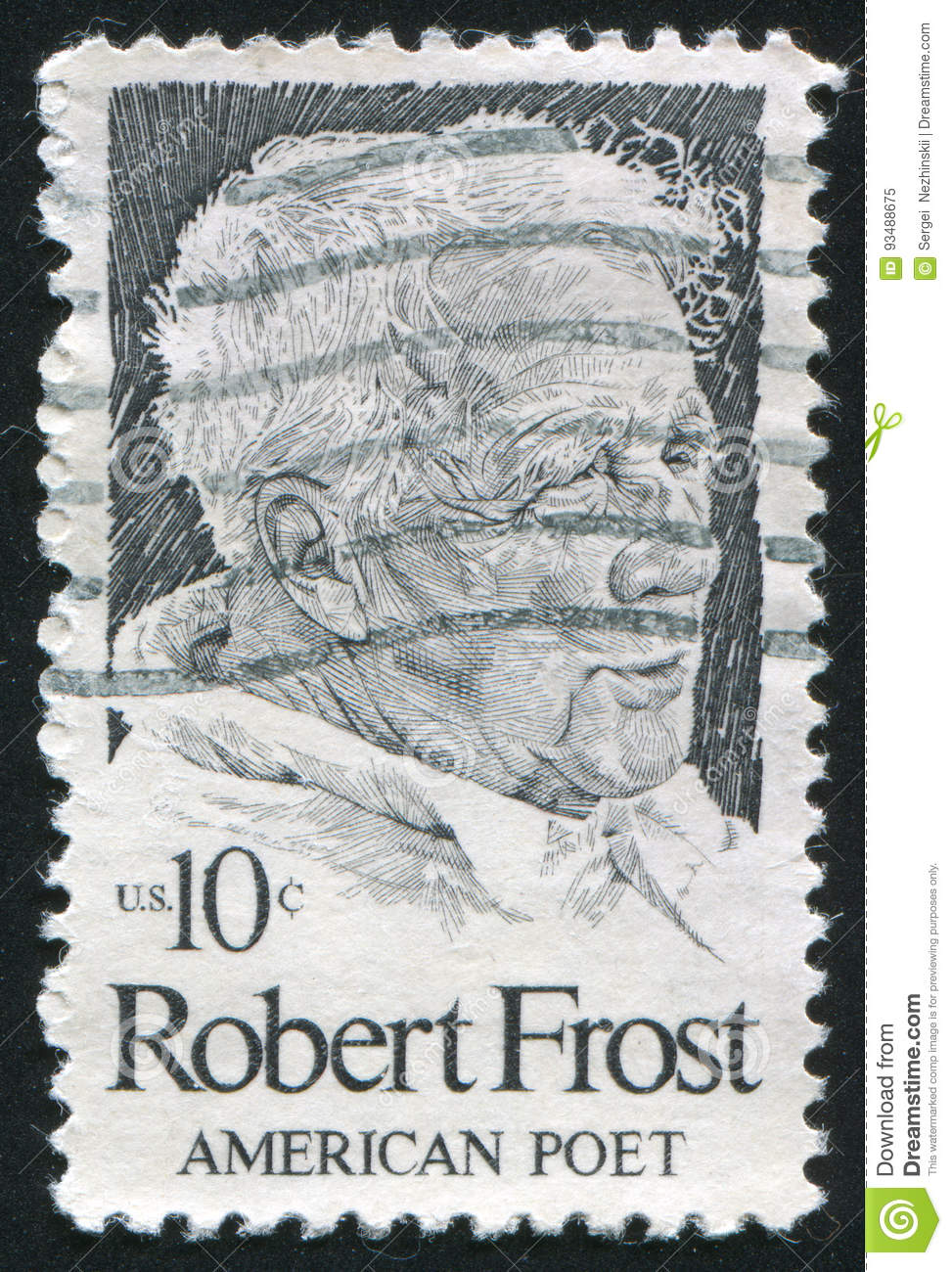Introduction
Robert Frost penned a little poem named “Dust of Snow” that is both beautiful and profound. This illuminating poem describes how the lens through which we view the world has a profound effect on our ideas and actions. By appreciating the mundane, we may overcome the stresses of daily life. In the end, this will aid us in living a happy and healthy life.
Summary
The power of nature and the simple things in life is emphasised in a poem by Robert Frost. Whether you’re feeling down or sick, nature has a remedy. As the author was standing under a hemlock tree on one of these terrible days, a crow flew up and dusted him with snow. When it starts snowing, he immediately feels better. The events of the day take a turn for the better. With the overall magnificence of nature, he saw how little his problem really was. Hemlock trees, which are toxic, and crows, symbols of terror and gloom, play the role of bringing the narrator joy in the poem.
The poet has used them to symbolise how entities typically linked with tragedy may occasionally bring about positive transformation and joy. Being in nature, with all its inherent unpredictability, has positive effects on people of various ages, backgrounds, and locations.
About the author
Poet Robert Frost, who lived from 1874 until his death in 1963 and won four “Pulitzer Prizes,” was an American. Throughout his lifetime, he became one of the most widely recognised names in American literature.

Robert Frost
Conclusion
Through the poem, the poet conveys a simple message that change can occur both positively and negatively. Little things can have a significant impact on one’s life. A small act of kindness can energize other people and potentially make a significant difference in their lives. We should make the most of nature and maintain a happy outlook on even the simplest of actions since they can help us acquire more important lessons about how to appreciate life.
Thinking about the poem (Textbook Questions)
1. What is a “dust of snow”? What does the poet say has changed his mood? How has the poet’s mood changed?
Ans: The term “dust of snow” refers to tiny snowflakes or particles. The poet’s mood shifted as a result of the sudden snow dust shower. The poet went from being depressed to being joyful. He wanted to enjoy the rest of the day because he felt rejuvenated.
2. How does Frost present nature in this poem? The following questions may help you to think of an answer.
(a) What are the birds that are usually named in poems? Do you think a crow is often mentioned in poems? What images come to your mind when you think of a crow?
Poems frequently include the names of birds like the “sparrow”, “nightingale”, and “peacock”. “Crows”, in contrast to these birds, are frequently considered indicators of dread and terror. They are frequently mentioned negatively.
(b) Again, what is “a hemlock tree”? Why doesn’t the poet write about a more ‘beautiful’ tree such as maple, an oak, or a pine?
Because they are too old, trees are sometimes viewed as great beings that teach “wisdom”. They emit oxygen and take in carbon dioxide, both of which are related to taking in all the negative energy. But other trees, like the “hemlock tree”, are also poisonous. Because he wishes to convey a depressing image, the poet chooses not to include a more “pretty” tree like a “maple, oak, or pine”. He uses the term “hemlock tree” since it is harmful because it is poisonous.
(c) What do the ‘crow’ and ‘hemlock’ represent — joy or sorrow? What does the dust of snow that the crow shakes off a hemlock tree stand for?
The poet’s feelings of sadness and unhappiness in this materialistic society are represented by the “crow” and “hemlock tree”. Snow dust is a metaphor for the joy and vitality found in nature. The crow’s motion as it sweeps snow off a hemlock tree symbolizes the transition from dark and sad moments into a happy and cheerful future.
3. Have there been times when you felt depressed or hopeless? Have you experienced a similar moment that changed your mood that day
I’ve experienced feelings of hopelessness and depression countless times. I occasionally become angry owing to the selfishness of others and occasionally because of my behavior. Throughout the time of lockdown. I chose painting as a pastime. I feel better after watching the paintings telling their own story. It assisted me in lowering my tension and rage.
Dust of Snow Important Extra Questions
1. Where does the poem Dust of Snow include irony?
The “crow”, the dust, and the “hemlock tree” are all symbolic of a “bad omen” in the poem. We, therefore, believe that a negative event will occur. However, they provide the poet with relief, which is the absolute opposite. This is the irony in the poem.
2. What does the poem’s snow shower symbolize?
The snowfall that the poet experiences are an allusion to the insignificant things that have the potential to affect and improve a person’s attitude. The poet felt gloomy and depressed. He was instantly lifted out of his gloom by the snowflakes falling on him. He was happy and thankful to be alive on such a lovely day.
3. What does ice represent?
In contrast to the “fresh and living water” of the spring of Paradise, it represents “rigidity, frigidity, and the waters of the earth”. It is a harsh, unloving place that is unfavorable to human life in general.
4. How does the attitude of the poet change?
The poet’s attitude transformed from sorrow to joy. When this snowflake dust landed on him, it brightened his day while he was holding the day in regret.